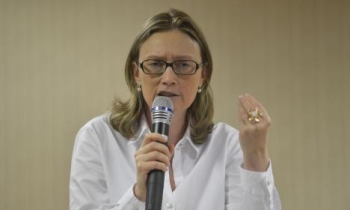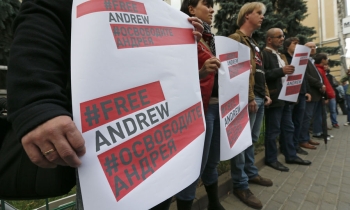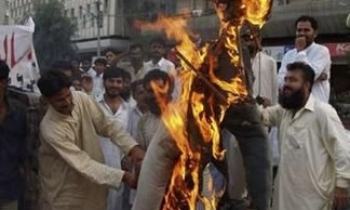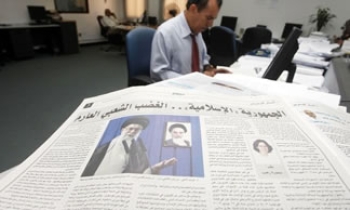The struggles of the French press are well documented. Not only have many papers been losing circulation and money, but many of their investors come from private businesses often connected to the government that raise suspicions of not-so-independent editorial boards. In fact, the Economist says that by some counts "70% of the French press is in the hands of defence firms."
For instance, the editor of the tabloid Paris-Match was just fired. Hachette Filipachi Médias, owner of Match, claims he was let go for political reasons. Last summer the weekly printed a cover page story of the wife of popular politician Nicolas Sarkozy, with another man. Arnaud Lagardère, boss of Hachette and co-chairman of EADS, a European defense firm and parent company of Airbus, happens to be friends with the politician.
In 2004, right after purchasing the conservative Le Figaro, Serge Dassault, boss of the huge defense company that bears his name, sacked the paper's editor.
Also recently, the long-time editor of the left-leaning Libération was asked to dismiss himself, by the man who was supposed to be the paper's saviour, multi-millionaire banker and wine enthusiast Edouard de Rothschild, after a Euro 20million investment in 2004, because the paper continues to lose money.
But is it really the fault of these big companies that French national papers are ailing?
An article on OhmyNews blames the disconnect between the newsroom and the French people. The average age of a French newspaper reader, according to the article, is 57. As seen during the uproar over a recent labor law in March as well as the chute of Libération, geared towards the younger more liberal reader, French youth are straying from newspapers.
What makes things worse is that it doesn't seem that these national papers are hurting for investment. Rothschild's Libé money aside, since 1998 the French press has benefited from 2 government subsidies, one called The Multimedia Press Fund, aimed at helping the press adapt to new media, and The Modernization Fund for Daily Newspapers, to help publishers with innovative projects.
These funds have helped somewhat. Le Monde has a stellar website, Le Figaro has integrated video, photo slideshows and audio, and Libération just revamped its website. Traffic doesn't look too bad either. Le Monde gets around one million unique visitors per day, according to Alexa.com.
But the fact is, without a growing young readership, it could be too late for the French press to recover from declining circulations and revenues.









